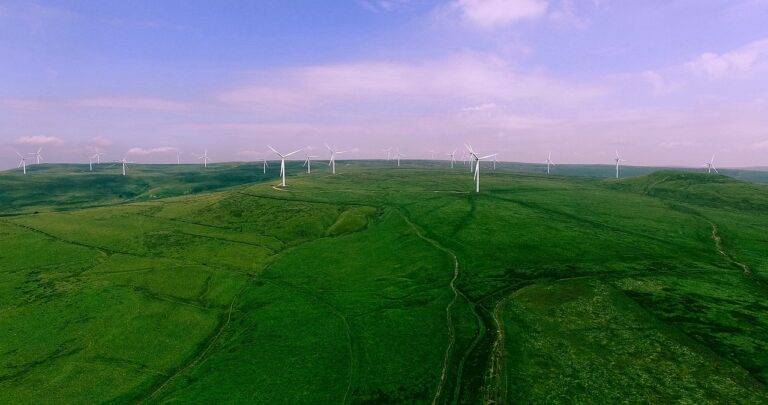Blockchain and Sustainable Forestry: Transparent Timber Supply Chains
Forests are vital for maintaining biodiversity, regulating climate, and providing numerous ecosystem services essential for human well-being. Sustainable forestry practices aim to maintain the health and vitality of forests for current and future generations. By harvesting timber in a responsible manner, sustainable forestry ensures the long-term availability of wood resources while preserving forest ecosystems.
Conserving forests through sustainable forestry practices also helps mitigate climate change by sequestering carbon dioxide from the atmosphere. Forests act as carbon sinks, absorbing carbon dioxide during photosynthesis and storing it in trees and soil. By promoting sustainable forestry, we can combat deforestation and contribute to global efforts to reduce greenhouse gas emissions.
Challenges in Timber Supply Chains
Timber supply chains face numerous obstacles that hinder their efficiency and sustainability. One major challenge is the lack of transparency in the sourcing of timber products, leading to potential illegal logging practices. This not only has negative environmental impacts but also undermines the integrity of the entire supply chain, making it difficult for consumers to make informed choices about the products they purchase.
Moreover, timber supply chains often struggle with issues of deforestation and habitat destruction. Unsustainable logging practices can devastate forest ecosystems, leading to loss of biodiversity and threatening the livelihoods of communities dependent on forests. Finding a balance between meeting the demand for timber products and ensuring the long-term health of our forests is a complex challenge that requires collaboration and commitment from all stakeholders involved in the supply chain.
What is sustainable forestry and why is it important in timber supply chains?
Sustainable forestry is the practice of managing forests in a way that meets the needs of the present without compromising the ability of future generations to meet their own needs. It is important in timber supply chains to ensure the long-term viability of forests and the timber industry.
What are some of the challenges faced in timber supply chains?
Some of the challenges faced in timber supply chains include illegal logging, deforestation, poor forest management practices, and lack of transparency in supply chains.
How can the challenges in timber supply chains be addressed?
The challenges in timber supply chains can be addressed through improved forest management practices, stricter regulations and enforcement against illegal logging, promoting sustainable forestry practices, and increasing transparency in supply chains.
What role do consumers play in promoting sustainable forestry in timber supply chains?
Consumers play a crucial role in promoting sustainable forestry in timber supply chains by choosing products from companies that adhere to sustainable forestry practices, demanding transparency in supply chains, and supporting certifications like FSC (Forest Stewardship Council) that promote responsible forest management.





